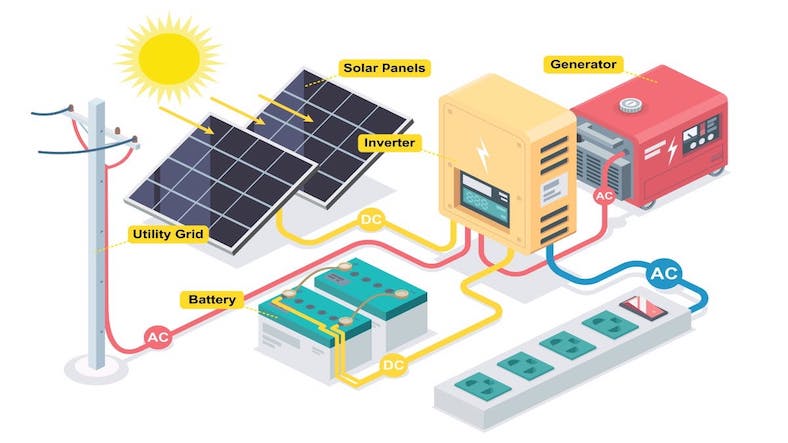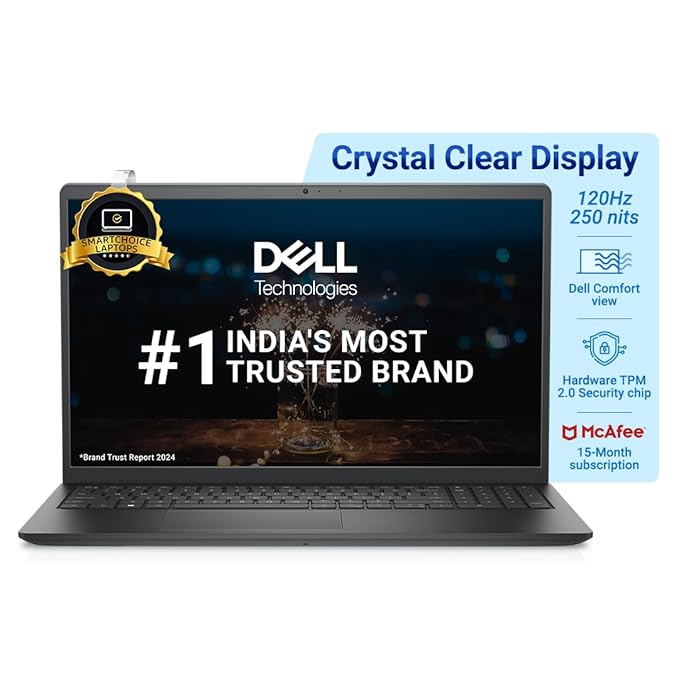Setting up a solar power system for your home is a sustainable and environmentally-friendly way to generate electricity
Here are some key technical details to understand when setting up a solar energy system for your home:
- Solar Panels (Photovoltaic Modules):
- Capacity (Wattage): The power output of each panel, typically ranging from 250 to 400 watts.
- Efficiency: The percentage of sunlight that the panel converts into electricity. Higher efficiency panels are generally more expensive.
- Temperature Coefficient: Specifies how the panel's performance is affected by high temperatures.
- Inverters:
- Type: There are string inverters (one for multiple panels) and microinverters (one for each panel).
- Capacity: Must be appropriately sized for the total capacity of your solar array.
- Efficiency: Indicates how much DC electricity is converted to AC. Higher efficiency means less energy loss.
- MPPT (Maximum Power Point Tracking): A feature that optimizes power production by adjusting the operating point of the panels.
- Mounting and Racking:
- Racking System: Holds the panels securely in place and ensures they're properly oriented to receive sunlight.
- Roof Attachment: Determines how the racking system is connected to your roof. Flashing and penetrations should be weather-sealed.
- Batteries (if using Energy Storage):
- Type: Common options include lead-acid, lithium-ion and flow batteries. Lithium-ion is the most common for residential applications.
- Capacity: Indicates how much energy the battery can store, measured in kilowatt-hours (kWh).
- Depth of Discharge (DoD): The percentage of a battery's capacity that can be used before recharging is required.
- Charge Controller (for Battery Systems):
- Type: Needed to regulate the charging of batteries to prevent overcharging or deep discharging.
- Wiring and Electrical Components:
- DC Wiring: Carries the direct current (DC) electricity generated by the panels to the inverter.
- AC Wiring: Carries the alternating current (AC) electricity from the inverter to your home's electrical system.
- Circuit Breakers and Fuses: Provide overcurrent protection and disconnect points.
- Monitoring System:
- Meters: Measure energy production and consumption. You may have a bi-directional meter if you're selling excess energy back to the grid.
- Monitoring Software: Allows you to track your system's performance and energy savings.
- Grid Connection:
- Grid-Tied or Off-Grid: Decide whether your system will be connected to the grid, or if it will operate independently (off-grid).
- Safety Measures:
- Disconnects: Install accessible disconnect switches for both DC and AC power.
- Labeling: Properly label all components for easy identification during maintenance or emergencies.
- Permits and Inspections:
- Permits: Obtain the necessary permits from your local authorities.
- Inspections: Have your system inspected to ensure it complies with local codes and safety standards.
- Manufacturer Warranties and Certifications:
- Panel Warranties: Typically range from 25 to 30 years, covering performance and product defects.
- Inverter Warranties: Often range from 10 to 25 years.
- Maintenance Requirements:
- Cleaning: Periodically clean the panels to remove dirt and debris.
- Visual Inspections: Regularly check for damage or loose connections.
Always consult with a qualified solar installer for specific technical details based on your location, energy needs and local regulations. They will design a system tailored to your requirements.
Thanks for reading the article, for more Science & Technology related articles read and subscribe to peoples blog articles.














